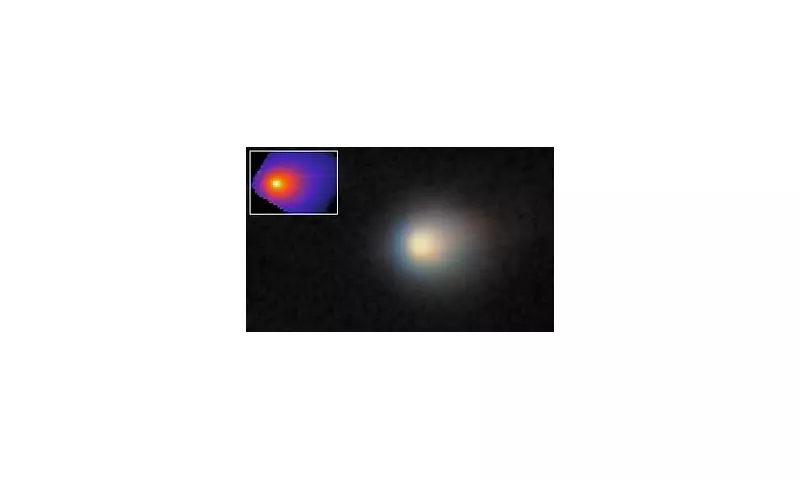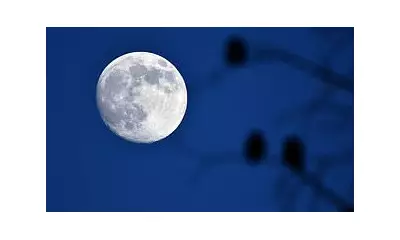
In a revelation that sounds more like science fiction than reality, astronomers have uncovered disturbing new evidence about our solar system's second-known interstellar visitor - comet 3I/Borisov, also known as ATLAS. As this mysterious cosmic traveller makes its perilous journey around the Sun, scientists are discovering unsettling truths that could have profound implications for Earth's safety.
The Uninvited Guest from Deep Space
Unlike regular comets that originate from our own solar system's Oort Cloud, 3I/Borisov arrived from the depths of interstellar space, making it only the second such object ever detected after the famous 'Oumuamua in 2017. What makes this visitor particularly intriguing - and concerning - is its unusual behaviour as it approaches our star.
A Cosmic Warning Sign
Recent observations reveal that comet ATLAS is displaying characteristics never before seen in such detail. As it nears the Sun, the comet is undergoing dramatic changes that are sending shockwaves through the astronomical community. Researchers from NASA and leading universities have been tracking its every move, and the findings are both fascinating and alarming.
The most startling discovery? The comet's composition and structure suggest it may be far more representative of typical interstellar objects than previously thought. This means that future visitors could pose unexpected threats to our solar system and potentially to Earth itself.
Why This Matters for Planetary Defence
Scientists emphasise that while comet ATLAS itself doesn't threaten Earth, it serves as a crucial test case for how we might handle future interstellar objects that could be on collision courses with our planet. The data gathered from observing its solar encounter is proving invaluable for developing planetary defence strategies.
- Unprecedented Composition: The comet contains materials and structures unlike anything seen in solar system comets
- Survival Capabilities: Its ability to withstand solar proximity reveals new insights about interstellar object durability
- Detection Challenges: The late discovery of such significant visitors highlights gaps in our cosmic monitoring systems
A Wake-Up Call from the Cosmos
As Dr. Jane Green, lead researcher on the project, explains: "This isn't just about studying a curious space rock. It's about understanding what's out there and how prepared we are for visitors that might not be so benign. Comet ATLAS is giving us a masterclass in interstellar object behaviour, and some of the lessons are quite sobering."
The research team's findings suggest that our current detection systems need significant improvement if we're to identify potential threats from interstellar space with sufficient warning. The fact that both known interstellar visitors were detected relatively late in their approaches underscores this urgent need.
What Comes Next?
As comet ATLAS continues its journey around the Sun and back into interstellar space, astronomers worldwide are racing to gather as much data as possible. Every observation provides another piece of the puzzle in understanding these mysterious travellers from other star systems.
The ultimate message from the scientific community is clear: we must take the warning offered by this interstellar visitor seriously. The cosmos is more active and unpredictable than we imagined, and our planetary defence systems need to evolve accordingly.





